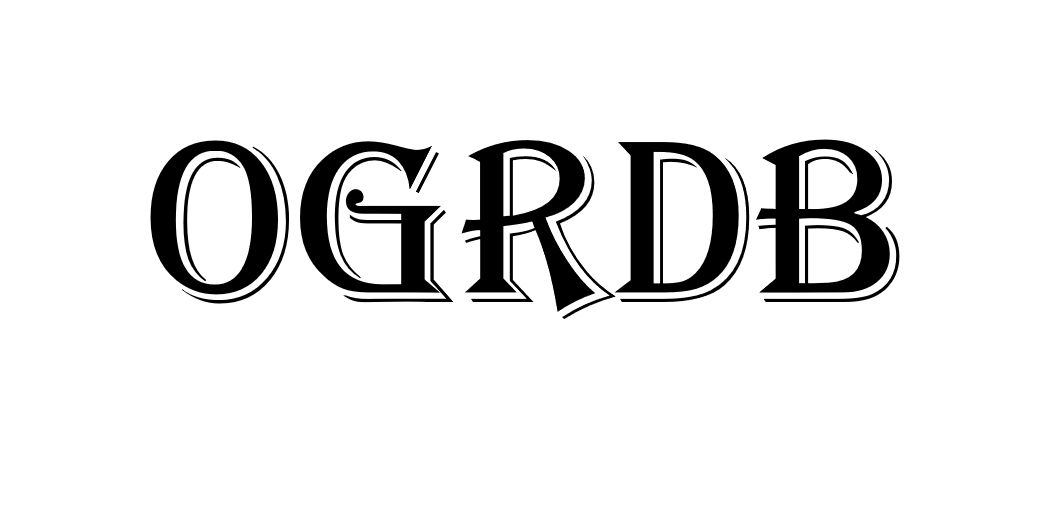| IARC Meeting 60 (Sept 1st, 2020):
The meeting considered the inference of the variant IGHV1-69*04_c184t. The sequence was
highlighted in samples P1_I77_S1 and P4_I27_S1. The committee particularly focused on
the evidence from the P1 sample, but noted the strong evidence in support of this inference
from haplotype data of the P4 sample. In the P1 sample, the sequence was seen in 1.79%
of all unmutated rearrangements, with 410 sequences including 351 perfect matches to the
inferred allele. There was abundant variation in the CDR3 regions of the aligned sequences.
IGHV1-69*02 and IGHV1-69*08 were also present in the genotype. IGHV1-69*02 was
present at a similar frequency (1.52% of all unmutated sequences, 334 sequences, 297
unmutated sequences). The IGHV1-69*08 sequence was seen in 232 alignments, but only 3
of these were perfect matches. MO pointed out that the *08 allele is almost identical to the
*02 allele, and they are both quite different to most other reported alleles. Although a
full-length version of the *02 allele has been published, the IMGT reference sequence is 2
nucleotides shorter than the *08 sequence. This results in frequency misalignments. MO and
CW agreed that it is likely that the *08 ‘allele’ was reported in error. Plots of the final 3’
nucleotides of the IGHV1-69*04_c184t inference are presently unavailable The sequence
was affirmed as a Level 1 sequence, and the final 3’ nucleotides will be considered at a later
date, at which time the affirmed sequence will be noted in the IARC minutes.
IARC Meeting 81 (Oct 4th, 2021), updated IARC Meeting 82 (Oct 11th, 2021):
IGHV1-69*04_C184T, an allelic variant that affects amino acid residue 62, implicated in some stereotypic immune responses. It was inferred in one genotype in VDJbase P1 data sets (VDJbase P1_I50_S1). This inference has previously been pre-assessed at IARC meeting 60 (https://www.antibodysociety.org/wordpress/wp-content/uploads/2020/12/Meeting-60-1_9_20-minutes.pdf) in P1_I77_S1. In contrast to the original assessment (above) the most recent release of VDJbase does not feature IGHV1-69*04_C184T as being inferred in P1_I77_S1. Instead IGHV1-69*04 with 1 mutation is called in that sample demonstrating the presence of an allele different from IGHV1-64*04 in this sample.
The genotype is also implied to carry IGHV1-69*02, IGHV1-69*04 and IGHV1-69*08, the latter of which are all mutated and likely represent rearrangements derived from IGHV1-69*02 (a short allele in the reference database that differs by one base from IGHV1-69*08) that also incorporated the final base(s) of the IGHV gene into their sequence and thus were misassigned to IGHV1-69*08 by IgBLAST. The novel allele is the most expressed allele of IGHV1-69 in the repertoire (40% allelic frequency; 2.4% of the total unmutated population). It is represented by 121 sequences, 108 unmutated sequences and 108 unique CDR3s in the unmutated set. Haplotyping based on allelic diversity in IGHJ6 is not possible. IARC affirms the sequence at Level 1 only up to and including base 319 in agreement with past practice. It is acknowledged that the allele most likely carries one additional base, typically A, at base position 320. A trailing “.” indicates IARC’s opinion that the sequence is likely to contain an additional 3’ nucleotide for which there is insufficient evidence to make an affirmation. The allele is given the name IGHV1-69*i03.
>IGHV1-69*i03 (IGHV1-69*04_C184T)
CAGGTCCAGCTGGTGCAGTCTGGGGCTGAGGTGAAGAAGCCTGGGTCCTCGGTGAAGGTCTCCTGCAAGGCTTCTGGAGGCACCTTCAGCAGCTATGCTATCAGCTGGGTGCGACAGGCCCCTGGACAAGGGCTTGAGTGGATGGGAAGGATCATCCCTATCTTTGGTATAGCAAACTACGCACAGAAGTTCCAGGGCAGAGTCACGATTACCGCGGACAAATCCACGAGCACAGCCTACATGGAGCTGAGCAGCCTGAGATCTGAGGACACGGCCGTGTATTACTGTGCGAGAG.
We recognize that this allele might be located at IGHV1-69 and/or IGHV1-69D and IARC gene naming does not reflect a position on this matter. |

